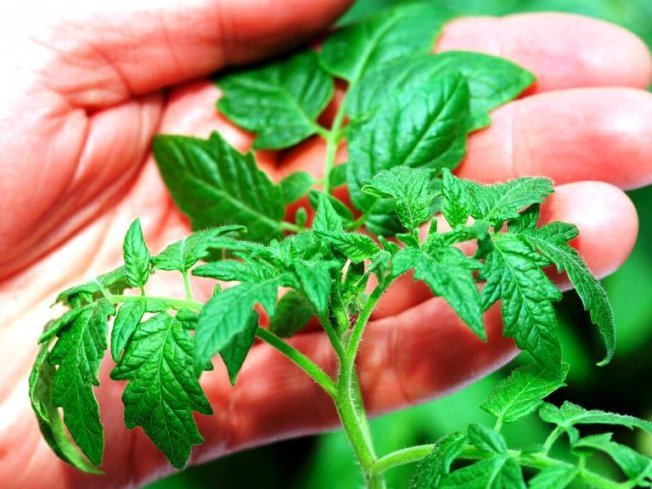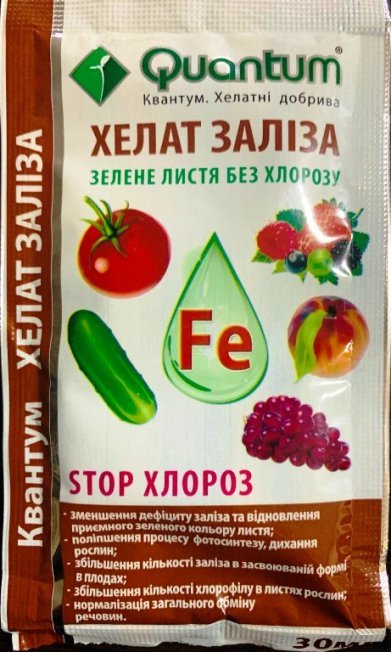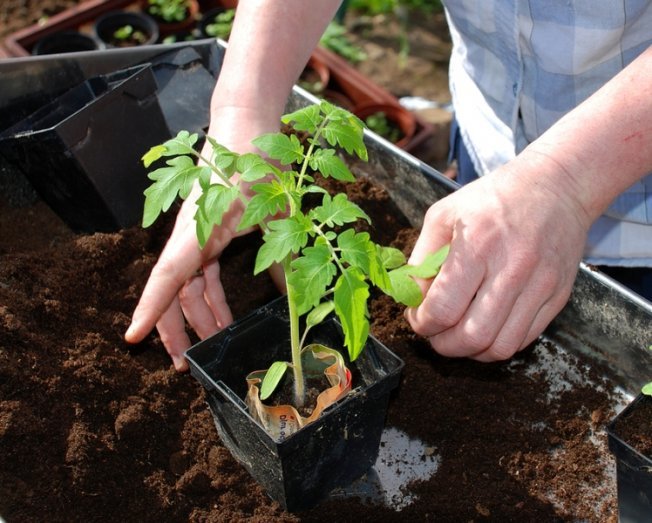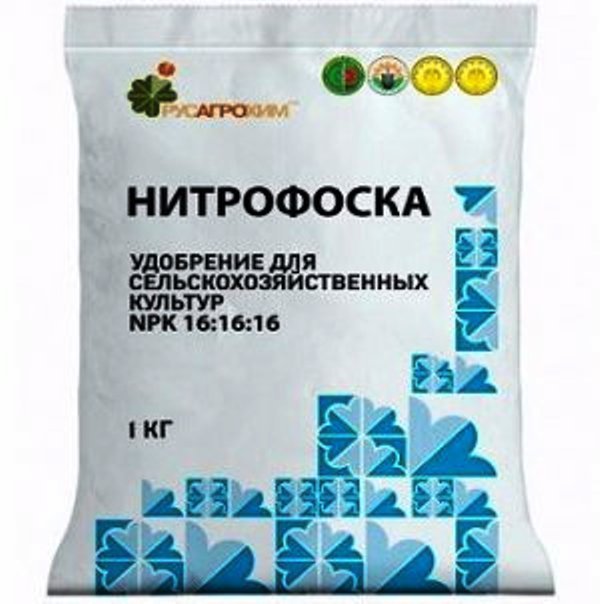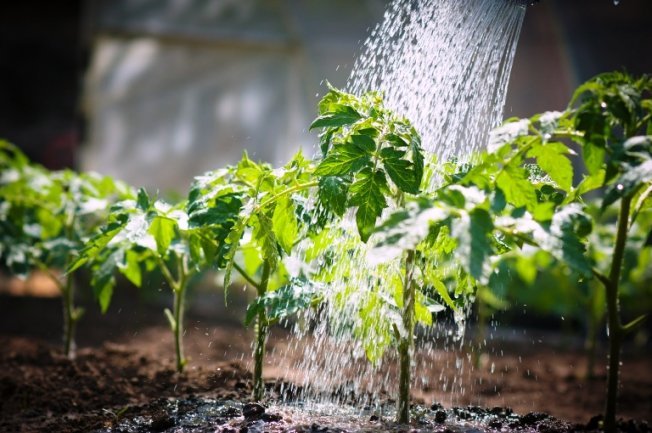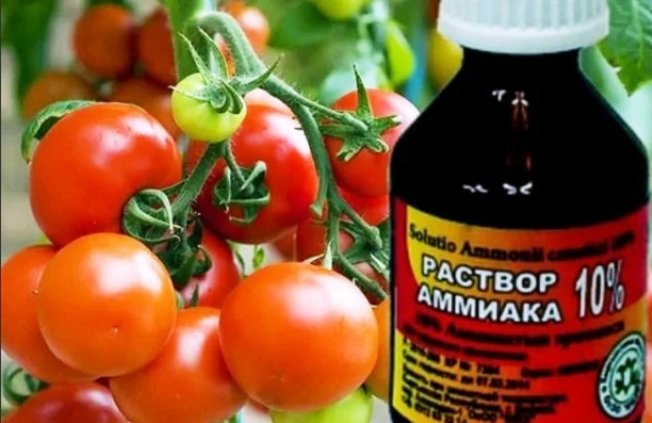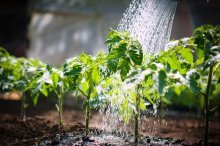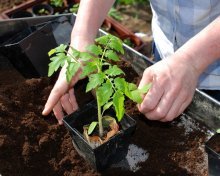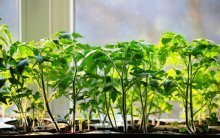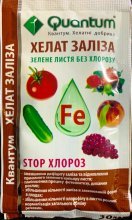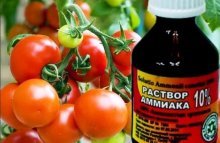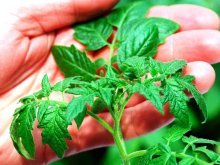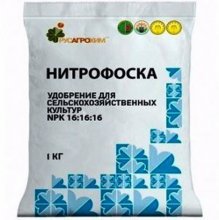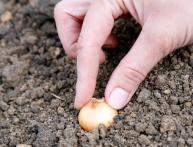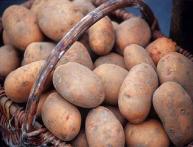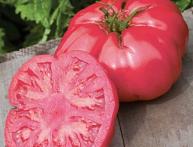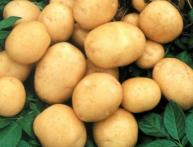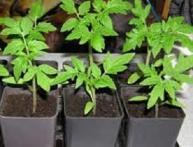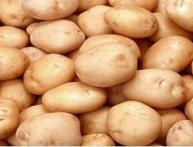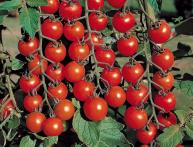Fertilizer for tomato seedlings at home, how to get strong and powerful seedlings

For beginning vegetable growers, it is important to know the basic rules for caring for seedlings. The question often arises about what fertilizer can be used for tomato seedlings at home, and whether it must be a purchased complex product. It is quite possible that you can help the plants with the help of fertilizers prepared yourself. The main thing is to notice in time the signals that tomatoes give when there is a deficiency of any minerals.
Content:
- How to find out about the need for fertilizing
- What to feed when there is a deficiency of nutrients
- Feeding at the initial stage
- Feeding after picking, timing
- How and how to fertilize tomato seedlings so that they are strong
- How to fertilize excessively elongated tomatoes so that the trunk is not thin
- Fertilizer for tomato seedlings at home from yeast
- How to use iodine, ammonia and hydrogen peroxide
- Are onion peels used as fertilizer?
How to find out about the need for fertilizing
If a high-quality soil mixture prepared according to the rules is used to grow tomato and pepper seedlings, then additional fertilizers may not be needed at all.
If the substrate was initially poor in nutrients, then as the seedlings grow, the soil will be depleted even more, then the organization of fertilizing is necessary.You can determine which substances the seedlings lack by their appearance, but it should be understood that due to violation of the conditions, the plants sometimes cannot absorb those elements that are even present in the soil. For example, when temperatures are too low, tomato seedlings cannot absorb phosphorus.
Moreover, the health of seedlings depends to a large extent on the length of daylight, temperature, and quality of watering. If you are sure that the soil in the container is fertile, then you will not need to feed the seedlings.
What to feed when there is a deficiency of nutrients
You can learn about the lack of useful elements by studying plant leaves. For clarity, let's draw up Table 1.
| Symptoms | What substances does the plant lack? | How to correct the situation, how to feed the plant |
| The reverse side of the sheets has acquired a purple tint | Phosphorus | Applying liquid fertilizer: superphosphate extract or potassium monophosphate solution, but it is better to improve the situation after planting the plants in the ground |
| Yellowing of leaves on the lower part of the plant (at low temperatures and excess moisture, all leaves turn yellow) | Nitrogen deficiency | Application of urea, ammonium nitrate Adding organic matter: mullein infusion or chicken manure. |
| Only the edges of the leaves turn yellow, while the inner parts remain green. | Potassium deficiency | Watering with potassium sulfate solution or wood ash infusion |
| Dull color, yellowing of the entire leaf | Iron deficiency, chlorosis | Application of iron chelate, Ferovit, Amino Total, Ferillene |
| Thinning of the stem, elongation, deformation of leaves | Calcium deficiency | Adding a commensurate amount of dolomite and ash to the soil.lime, reasonable dosage of fertilizers containing nitrogen, moderate use of manure and chicken droppings |
Having determined the cause, you should proceed to actions to eliminate it. You can prepare fertilizer for tomato seedlings at home by dissolving it in 10 liters of water:
- 7 g potassium sulfate;
- 7 grams of urea, or ammonium nitrate;
- 15-20 g of superphosphate.
Among organic fertilizers, we can recommend a solution of mullein or chicken manure, which contain large amounts of nitrogen, phosphorus, potassium and calcium.
The best option is to use complex fertilizers containing micro and macro elements, this can be azophoska or nitroammophoska.
You can also use complex fertilizers such as Fertika Lux. It’s even easier to use special ready-made fertilizers for tomatoes, peppers and eggplants, such as Agricola.
Plants respond well to fertilizer for tomato seedlings based on humic acids:
- Potassium humate;
- Humate +7 with added microelements.
Agronomists recommend using Humate after planting seedlings in the ground, as a means of preventing the development of pathogenic microorganisms and helping to improve the structure of the soil. Humate +7 can be used for seedlings during the period of forcing them.
Feeding at the initial stage
To create the correct feeding schedule, you need to understand at what stage of development and why the plant requires certain elements. For clarity, let's draw up Table 2.
| Stages | What element is required | How is it consumed by the plant? |
| Elementary | Phosphorus | Formation and development of the root system |
| Elementary | Nitrogen | Forcing the aerial part, building up the skeleton, stems, leaves |
| Elementary | Potassium | Stimulates the process of formation of buds and ovaries, increases the number of fruits. During the period of fruit ripening, it is responsible for their filling |
It is easy to conclude that during the period of seedling growth, it needs fertilizers containing phosphorus and nitrogen; potassium at this stage can be applied in smaller quantities.
Sometimes the question arises about how to fertilize 3-week-old tomato seedlings to accelerate growth. On the one hand, to stimulate the development of the horse system and above-ground parts, it is necessary to apply nitrogen-phosphorus fertilizers, but in practice it is not recommended to fertilize tomato seedlings before picking, even if the soil in the containers does not fully meet the quality requirements.
Experienced vegetable growers argue that it is more rational to quickly transplant the seedlings into new containers filled with better quality soil.
Let's watch a useful video about what fertilizers to use for tomato seedlings at home:
Feeding after picking, timing
Since the replanting process causes severe stress in plants, it is recommended to apply phosphorus fertilizers to relieve it; they will speed up the process of regeneration of the root system and stimulate its development. A plant with strong roots requires nitrogen and potassium fertilizers.
After picking, vegetable growers prefer to use special means - root growth stimulants. The most famous among them:
- Kornevin and his analogues;
- Heteroauxin;
- Cornerost;
- Epin, succinic acid, Zircon - to relieve stress.
The main feedings begin a week after picks. The signal that fertilizer can be applied will be the appearance of a new true leaf.Considering the increased need for phosphorus, it is possible to recommend the addition of superphosphate or a solution of potassium monophosphate; usually two such feedings are done, with a break of 7-10 days.
There is often an opinion that during the development process, seedlings experience an increased need for nitrogen, which promotes the active development of the above-ground part of the plant. Those. For feeding, you can use ammonium nitrate and urea. Among organic fertilizers, infusions of chicken manure, mullein, and green nettle will be effective.
You can also feed the seedlings with a solution of ammonia, but you should prepare it strictly following the instructions.
Actively developing plants definitely consume an increased amount of nitrogen, i.e. It is necessary to fertilize with nitrogen fertilizers. Just use them in moderation, otherwise the plants become fatty, which negatively affects the timing of the beginning of fruiting and ripening of the crop.
If in doubt, it is best to use complex fertilizers containing all the elements necessary for plant development:
- Nitroammophoska;
- Fertik Lux;
- Agricola for tomatoes and peppers;
- Chicken manure granulated;
Fertilizing can be carried out no more often than once every ten days, the last one is carried out a week before planting tomatoes in the ground. The best option for the latter is the use of complex means.
How and how to fertilize tomato seedlings so that they are strong
There are two deposit options:
- root, which involves watering plants with solutions containing useful macroelements at the root;
- foliar, when microfertilizers dissolved in water are sprayed over the surface of tomato leaves, in the same way you can provide plants with urea.
Root feeding is recommended to be carried out at a time when it is dangerous to moisten the leaves of plants, when there is a threat of fungal diseases, i.e. at the first and second stages of seedling development. To prevent the roots from getting burns from the applied preparations, you should water the plants before applying fertilizers.
At the third and fourth stages of development, the seedlings have fairly strong and developed foliage. Dissolved fertilizers applied using a spray bottle are actively absorbed by the plant, which significantly increases the efficiency of fertilizing.
It must be remembered that spraying foliage can be done in the morning or evening; exposure to sunlight can lead to burns.
Useful tips to help make fertilizing easier:
- for foliar feeding, we choose a cloudy day, or carry it out early in the morning, or after sunset;
- root can be done along with watering, even during each watering, but in this case the concentration of the drugs must be reduced by 3-4 times;
- when feeding roots, you should avoid getting solutions on the trunk and leaves of plants;
- if the nutrient mixture gets on the leaves, they should be sprayed with warm water from a spray bottle;
- Each vegetable grower decides for himself on the use of mineral and organic fertilizers independently, but it should be remembered that organic fertilizers are based on manure, and therefore have a rather strong unpleasant odor, with the exception of wood ash infusion.
Let's watch a useful video about fertilizing tomatoes:
How to fertilize excessively elongated tomatoes so that the trunk is not thin
If the temperature regime is not observed and there is insufficient lighting, stretching of plants may occur.In this case, special means, retardants, can come to the rescue.
The most popular of them is Athlete, the active ingredient of which is Chlormequat chloride.
The Atlet product promotes:
- slowing down the forcing of the above-ground part;
- thickening of the stem;
- increasing leaf width;
- redistribution of nutrients: most of them are directed to the growth of the root system;
- accelerating the formation of inflorescences, increasing the number of ovaries in inflorescences.
Proper application of fertilizers will help grow strong, viable tomato bushes that are ready for transplanting into the ground.
Fertilizer for tomato seedlings at home from yeast
The product can be used at the second and third stages of development of tomato bushes,
Prepare the fertilizer as follows:
- 10 g of fresh yeast are diluted in 10 liters of water;
- add 4-5 tablespoons of granulated sugar;
- mix everything thoroughly, leave for 5-10 hours, wait until the fermentation process begins.
The infusion should not be prepared for future use; it cannot be stored for long periods of time.
How to use iodine, ammonia and hydrogen peroxide
All these preparations can also be used as fertilizing; moreover, they can increase the plants’ resistance to fungal infections.
Iodine in the amount of 1 drop is diluted in 3 liters of heated water, then the plants are watered. Fertilizer can be used at the last stage of seedling development.
Fertilizing with a solution of ammonia should be carried out 2 weeks after picking. It can also be applied after germination. The recipe is simple: dissolve one and a half tablespoons of ammonia water in a bucket of water. The dosage of the drug should not be violated.
To prepare fertilizers, use 3% hydrogen peroxide, dissolve 20 drops in 1 liter of water. The fertilizer is ready for use.
Are onion peels used as fertilizer?
Onion peels can serve as a good way to feed tomatoes, because they contain:
- nitrogen and potassium, which are necessary for seedling growth;
- phosphorus, which favors the development of the root system;
- carotene, which increases plant resistance to adverse factors;
- vitamins of the PP group, which help actively strengthen the root system;
- B vitamins that stimulate growth;
- quarcetin, which has an antioxidant effect, accelerates growth and strengthens plants.
Onion peels also contain phytoncides, under the influence of which plants build up immunity and gain the ability to resist fungal infections. The strong smell of onions repels spider mites, aphids, and geese.
The strength of the onion peel infusion is adjusted depending on whether it will be used as a fertilizer or as a means of combating diseases and insect pests.
You can prepare fertilizer for tomato seedlings at home yourself; if you wish, you can buy ready-made complex preparations. The main thing is that they should be used in accordance with the recommendations; if they are abused, even the highest quality and most expensive product is not recommended; instead of benefit, it can cause harm.

